How to Bake a Perfectly Light and Airy Chiffon Cake Every Time
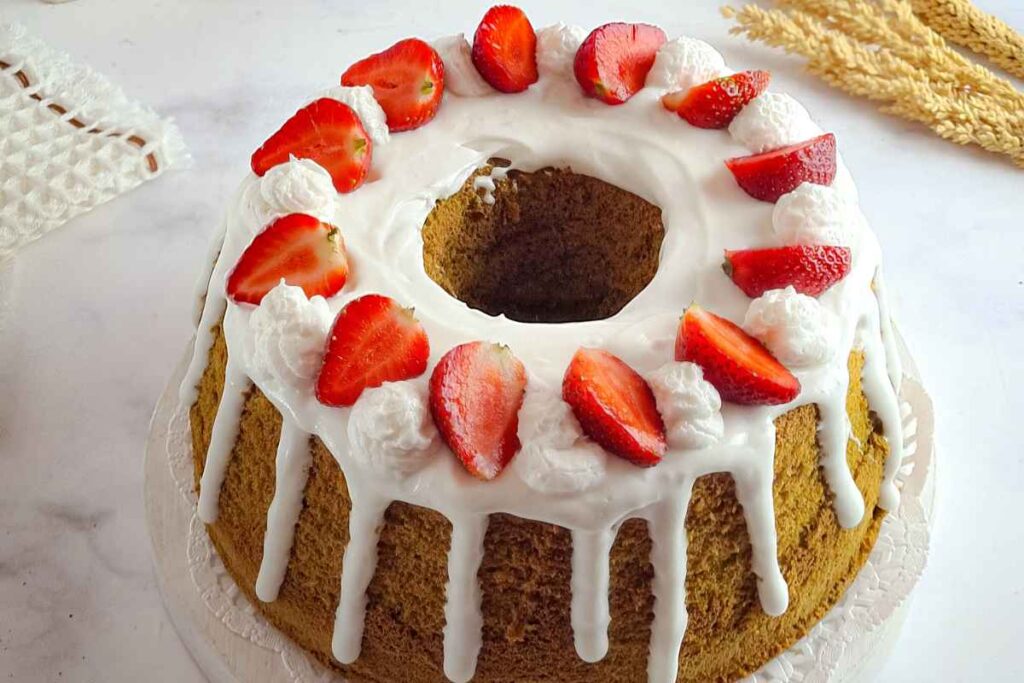
When it comes to light, airy, and irresistibly soft cakes, few desserts can rival the charm of a perfect chiffon cake. It’s the ideal balance between an angel food cake’s delicate texture and a butter cake’s rich flavor.
Achieving that flawless, cloud-like crumb might seem intimidating, but with the right technique and attention to detail, anyone can bake a chiffon cake that rivals a professional bakery’s creation.
Understanding the Essence of a Chiffon Cake
A chiffon cake is unique because it combines oil-based moisture with the structure of whipped egg whites. This combination gives the cake a tender yet fluffy texture that doesn’t dry out.
Indulge Your Sweet Tooth – Discover Irresistible Dessert Recipes!
Unlike butter cakes, chiffon cakes use vegetable oil instead of butter, allowing them to stay soft even when refrigerated.
The magic lies in aeration. Whipped egg whites are folded into the batter, creating air pockets that expand during baking. This results in that signature, bouncy and sponge-like texture that chiffon cakes are known for.
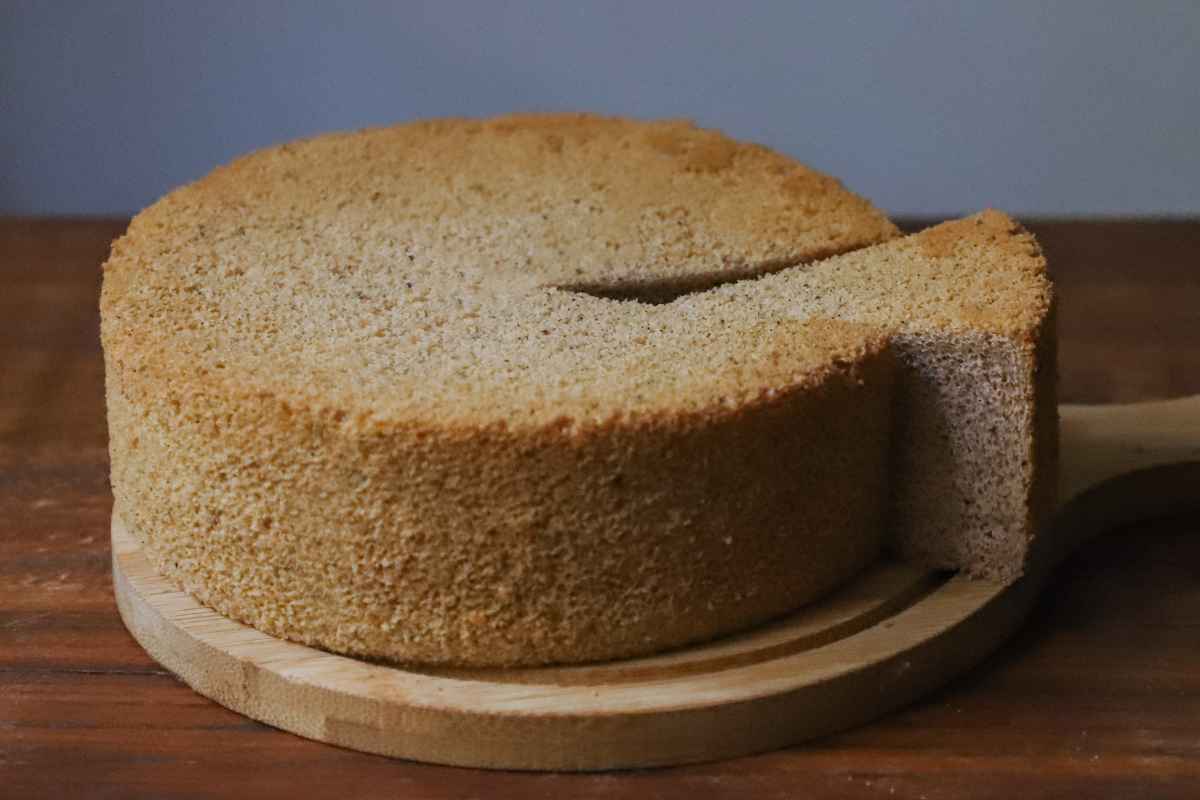
Essential Ingredients and Their Roles
Every ingredient in a chiffon cake plays a key role in creating its texture and flavor. Understanding each one helps ensure consistent success.
Eggs:
Eggs are the heart of chiffon cake. The yolks add richness and color, while the whites, when whipped, provide lift and structure. The key is to beat the whites to stiff peaks without overmixing — they should be glossy and hold their shape.
Sugar:
Sugar not only sweetens the cake but also helps stabilize the meringue and tenderize the crumb. Divide the sugar — add part to the yolk mixture and the rest gradually to the egg whites.
Oil:
Oil adds essential moisture. It coats the flour proteins, preventing gluten from forming too strongly and resulting in a soft texture.
Flour:
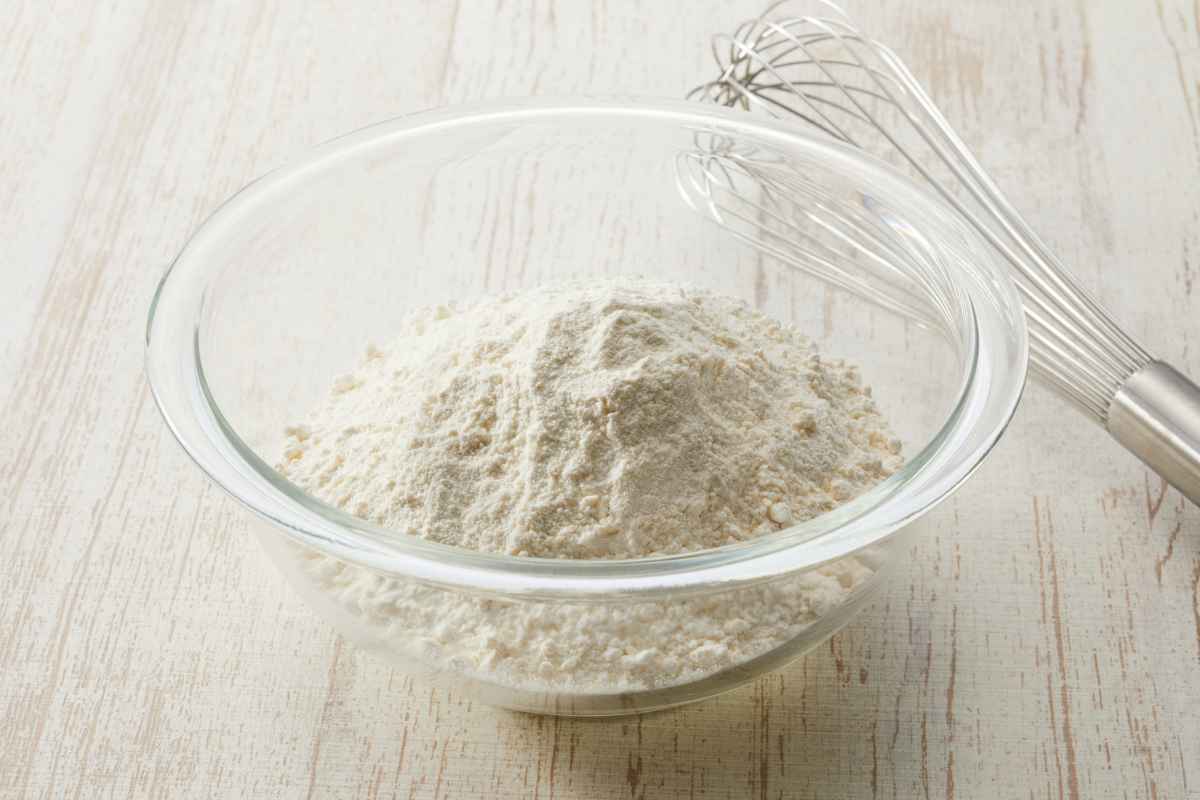
Use cake flour for the lightest texture. It has a lower protein content than all-purpose flour, which keeps the cake delicate.
Leavening Agent:
Although whipped egg whites are the main leavening, a small amount of baking powder ensures consistent rising.
Liquid (Water or Juice):
Liquid ingredients hydrate the flour and balance the batter’s consistency. Citrus juices, like orange or lemon, can enhance flavor while maintaining moisture.
Cream of Tartar or Lemon Juice:
These stabilize the egg whites, helping them maintain volume during mixing and baking.
Step-by-Step: How to Master the Batter
A successful chiffon cake depends on technique, not just ingredients. Follow these steps carefully to achieve a perfectly smooth and airy batter.
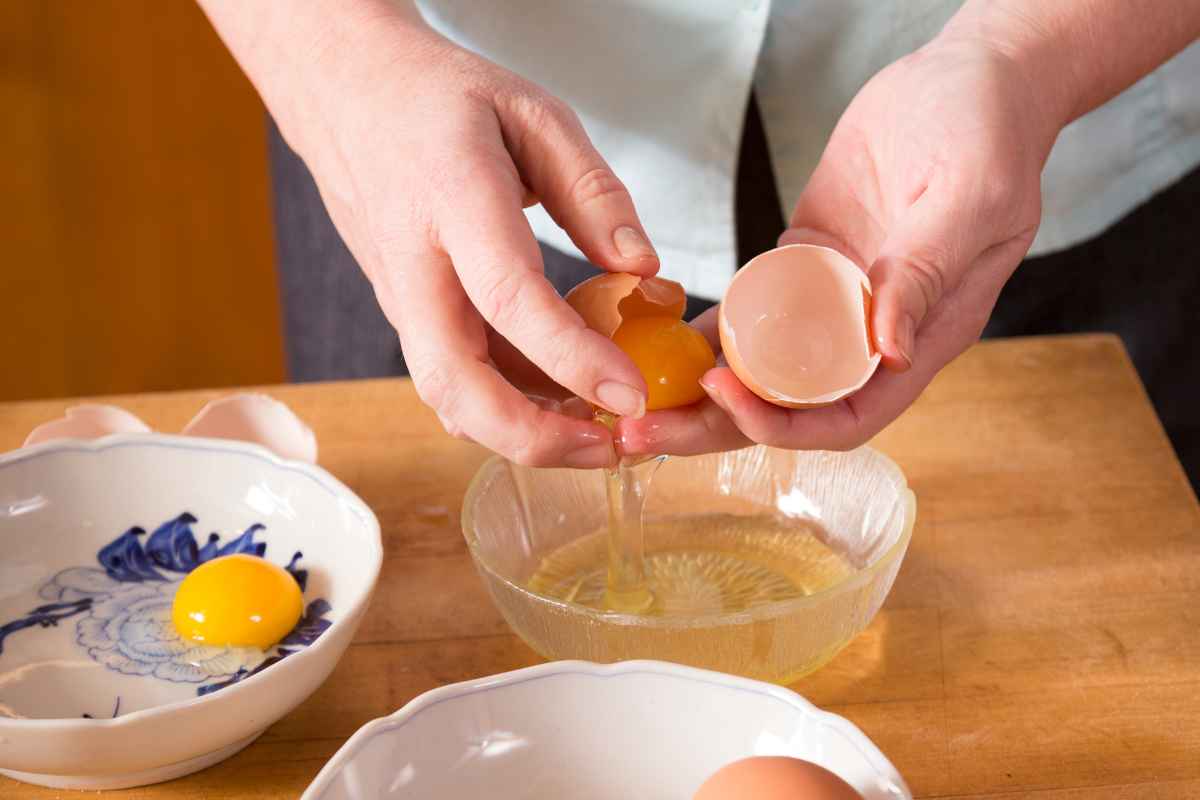
1. Separate Eggs Properly
Make sure there’s no trace of yolk in the whites, as even a small amount of fat can prevent proper whipping. Separate eggs while cold but let them come to room temperature before whipping.
2. Prepare the Yolks
In a large bowl, whisk together the yolks, oil, liquid, and half of the sugar until the mixture is pale and smooth. This ensures that the sugar dissolves completely, creating a stable base for your batter.
3. Sift and Add Dry Ingredients
Sift the flour and baking powder together to remove lumps. Gently fold them into the yolk mixture using a whisk until smooth — overmixing can deflate the batter and make the cake dense.
4. Whip the Egg Whites
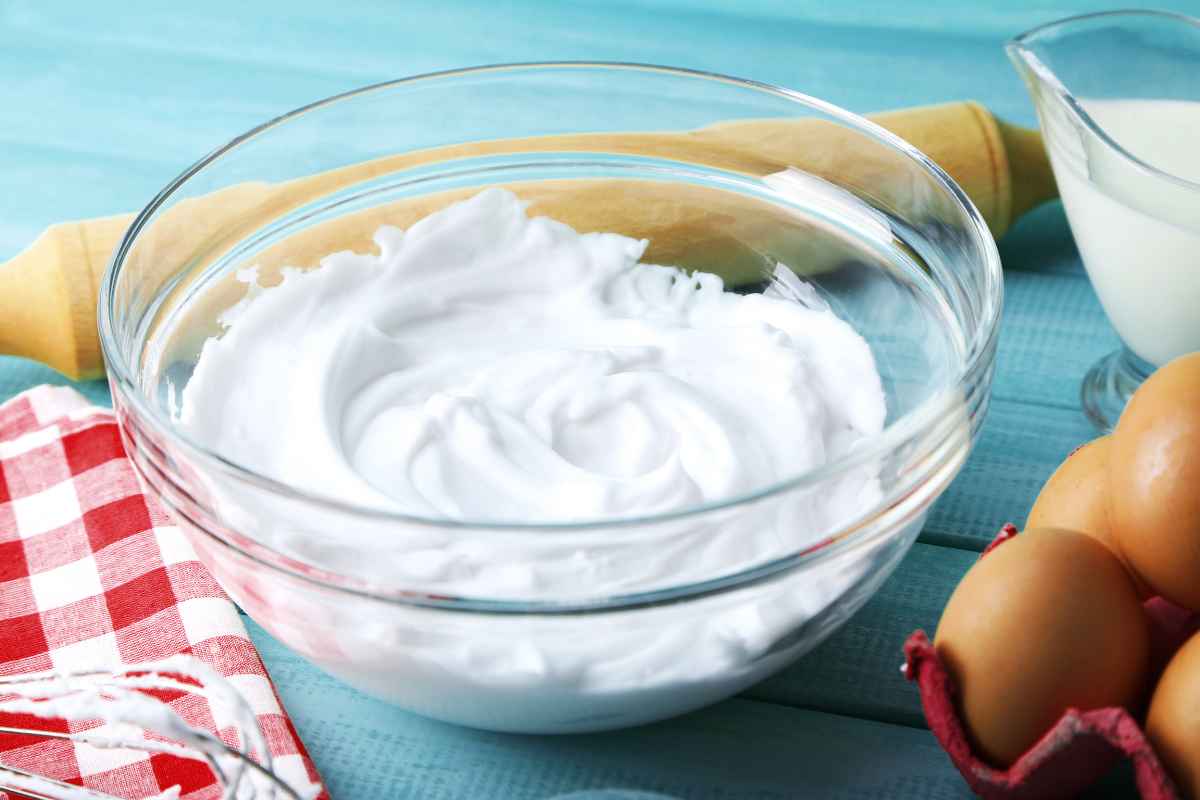
Beat the egg whites with cream of tartar or lemon juice until they form soft peaks. Gradually add the remaining sugar and continue beating until stiff, glossy peaks form. Avoid overbeating — dry, clumpy whites will not incorporate well.
5. Fold with Care
Fold one-third of the meringue into the yolk mixture to lighten it. Then gently fold in the rest using a spatula, turning the bowl as you go. The goal is to maintain as much air as possible — use gentle, sweeping motions instead of stirring.
Baking and Cooling Like a Pro
Baking the Cake
Pour the batter into an un-greased tube pan. Yes — ungreased! Chiffon cakes need to cling to the sides of the pan as they rise. Bake in a preheated oven at 325°F (160°C) until a toothpick comes out clean, usually between 45–55 minutes depending on the pan size.
Cooling Upside Down
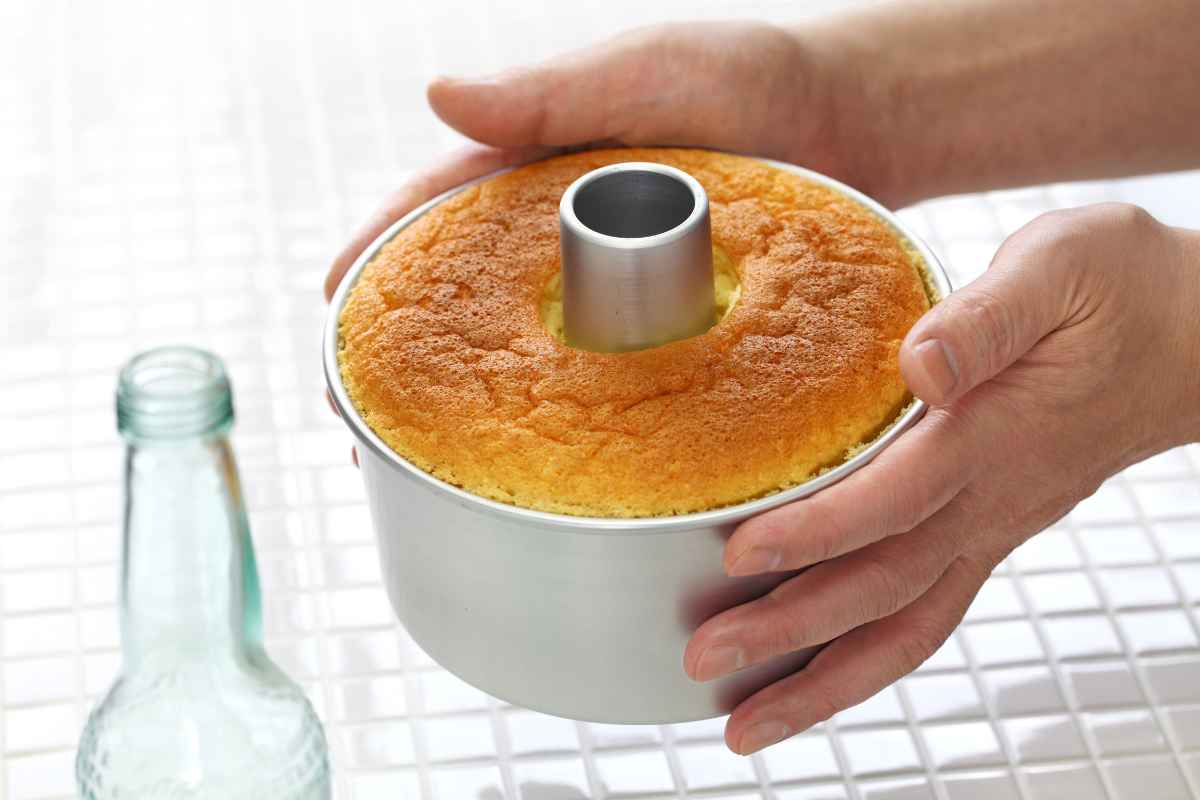
One of the most important steps: invert the pan immediately after baking. Rest it upside down on a cooling rack or bottle. This prevents the cake from collapsing as it cools, maintaining its light structure. Once completely cool, run a knife around the edges to release the cake gently.
Common Mistakes to Avoid
Even a simple oversight can ruin your chiffon cake’s texture. Here are some common pitfalls and how to avoid them:
- Overmixing the batter: This deflates the air bubbles and results in a dense cake.
- Underbeating or overbeating egg whites: Too soft, and the cake won’t rise; too stiff, and they won’t blend well.
- Greasing the pan: The batter needs to cling to the sides to rise properly.
- Opening the oven too early: Sudden drops in temperature can make the cake collapse.
- Not inverting after baking: Cooling upright will cause the cake to shrink and lose its airy texture.
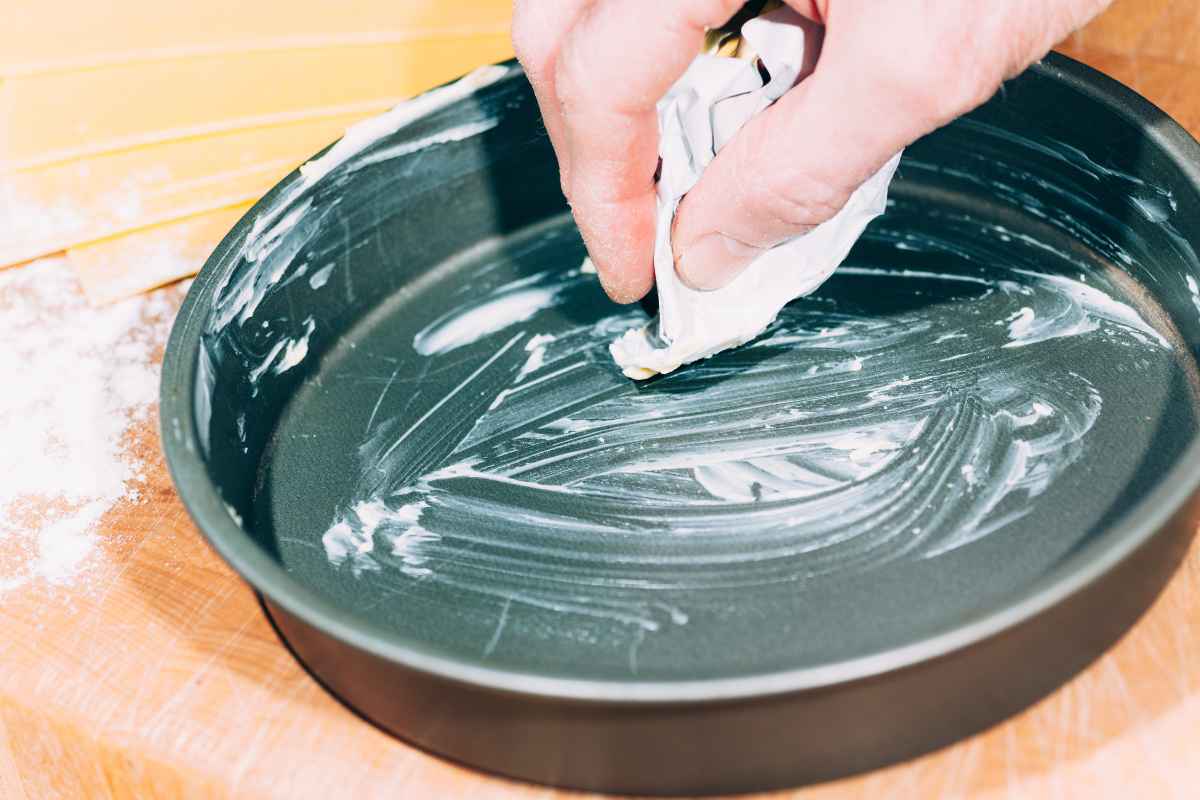
Adding Flavor and Creativity
Once you’ve mastered the base, you can easily customize your chiffon cake to suit your taste.
- Citrus Zest: Add lemon, orange, or yuzu zest for a refreshing twist.
- Coconut Milk: Replace part of the liquid with coconut milk for tropical sweetness.
- Matcha or Cocoa: Sift in a few tablespoons for earthy or chocolatey variations.
- Layer and Frost: Chiffon cakes pair beautifully with whipped cream, fruit, or light buttercream.
For an elegant dessert, try layering your chiffon cake with strawberries and whipped cream — a simple combination that highlights its airy texture.
Storing and Serving Tips

Chiffon cakes store wonderfully thanks to their oil-based batter. Keep it in an airtight container at room temperature for up to three days, or refrigerate for longer freshness. If chilled, let it return to room temperature before serving to restore its soft texture.
When slicing, use a serrated knife and a gentle sawing motion to avoid squishing the delicate crumb. Serve plain for a light snack, or with fresh fruit and whipped cream for a show-stopping dessert.
The Secret to Consistency
The secret to a consistently perfect chiffon cake lies in patience and precision. Respect each step — from properly separating eggs to folding carefully — and resist rushing the process.
Remember, the lightness of the cake depends on maintaining the air you worked so hard to incorporate.
Once you’ve nailed the method, you’ll discover that this “foolproof” approach truly works every time, delivering that signature softness and flavor that make chiffon cakes unforgettable.
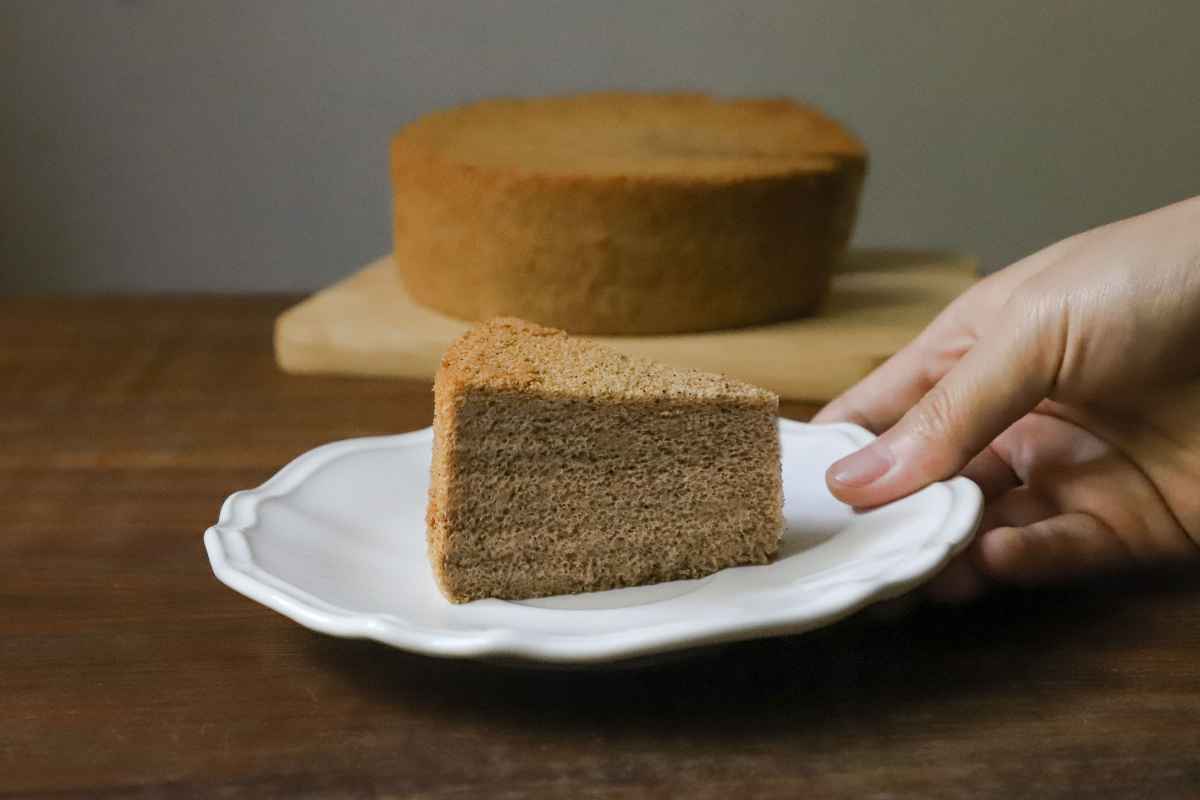
A Slice of Sweet Satisfaction
A perfectly baked chiffon cake is more than a dessert — it’s a testament to balance and care. Each bite melts in your mouth, airy yet flavorful, proving that mastery doesn’t require complicated tools or secret ingredients.
Just attention, technique, and love for baking. Once you’ve mastered this foolproof method, you’ll have the confidence to create endless variations and impress anyone with a cake that’s as beautiful as it is delicious.
Enjoy Watching This Video with a Similar Recipe

Source: sheldo's kitchen
Did you find this post useful or inspiring? Save THIS PIN to your Cooking Board on Pinterest!
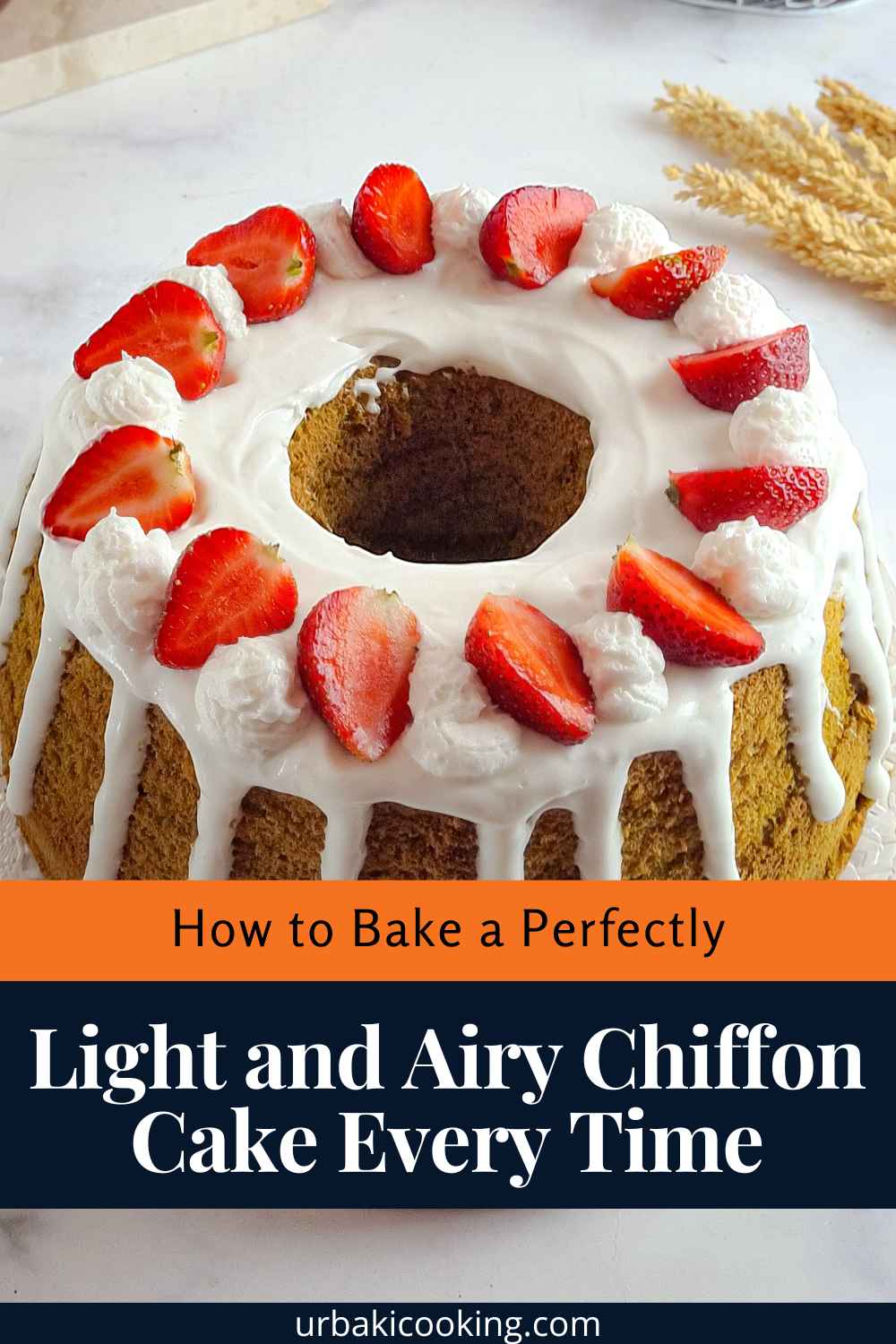

Other Recipes You’ll Love 😍